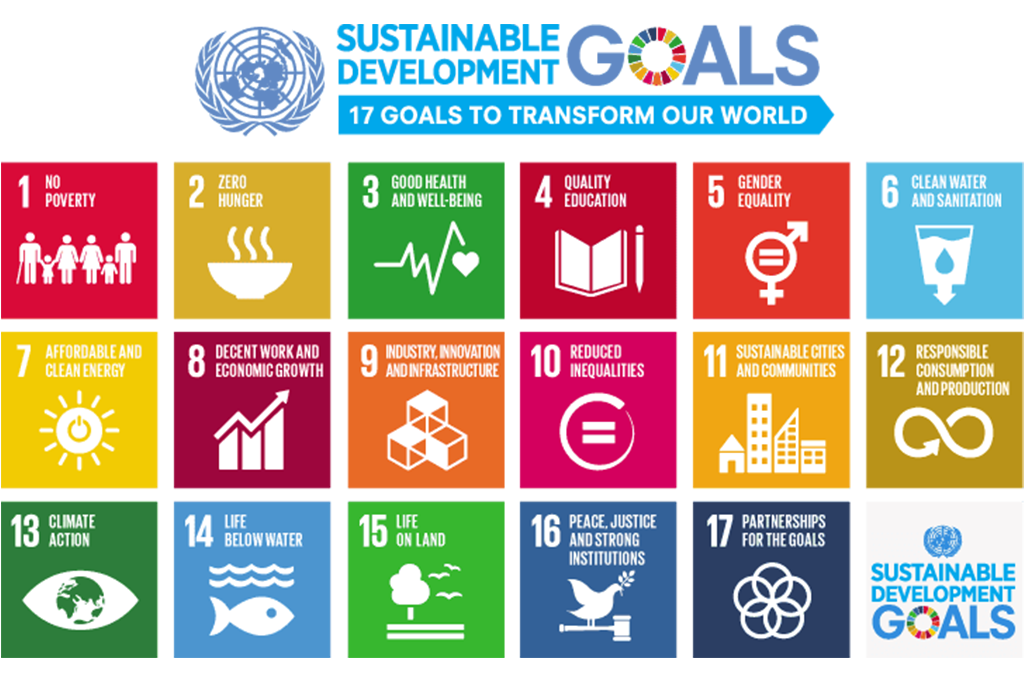Water recycling, specifically greywater and blackwater reuse, is becoming essential for sustainable water management, particularly in water-scarce regions. Recycling these wastewater types offers both environmental benefits and water savings.
Greywater Recycling
Greywater, typically from baths, sinks, and washing machines, is relatively clean and can be treated for reuse in irrigation or toilet flushing. Systems like constructed wetlands and sand filters are commonly used to treat greywater effectively. A study in Jordan showed that greywater recycling reduced household water use by 35%, supporting community resilience in water-scarce areas (Al-Hamaiedeh & Bino, 2010).
Blackwater Recycling
Blackwater, containing human waste, requires more advanced treatment due to high pathogen and nutrient content. Technologies such as anaerobic digestion and membrane bioreactors (MBRs) effectively treat blackwater, producing biogas as a byproduct (De Gisi et al., 2014). MBRs combine filtration with biological treatment to remove pathogens, nutrients, and contaminants, allowing safe reuse.
Case Studies and Global Applications
In Namibia, blackwater recycling at the Goreangab Reclamation Plant has provided potable water for over 300,000 people, demonstrating the viability of blackwater reuse in urban settings (du Pisani, 2006). Similar initiatives in Singapore’s NEWater project utilize advanced filtration and UV treatment, showcasing urban water reuse’s potential in meeting demand (Tortajada, 2006).
Challenges and Future Directions
Challenges such as cost, maintenance, and social acceptance limit water recycling’s wider adoption. Addressing these issues requires investment in low-cost treatment technologies and public education. Recycling greywater and blackwater could be transformative for water-scarce regions if integrated with broader water management policies.








